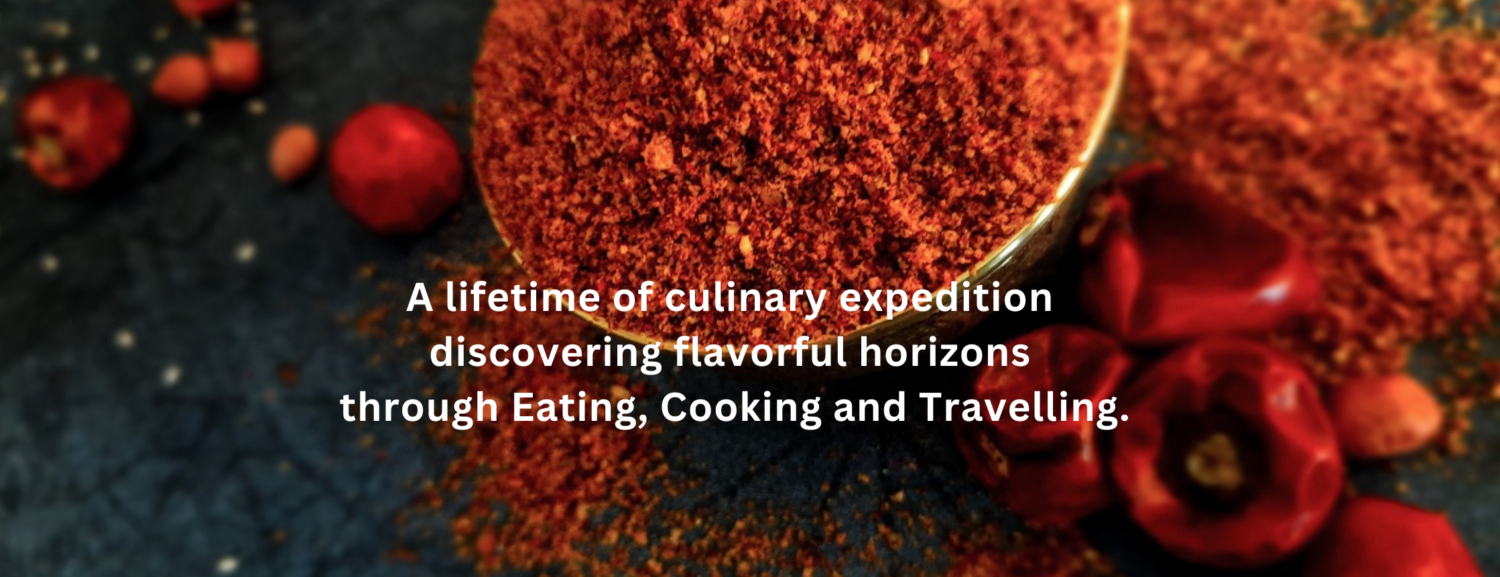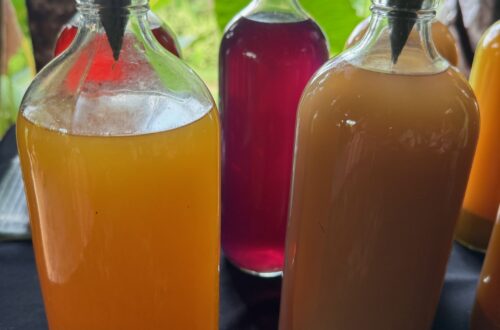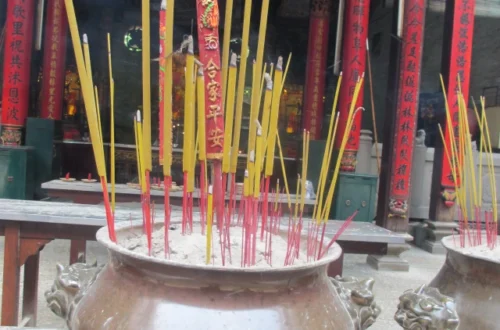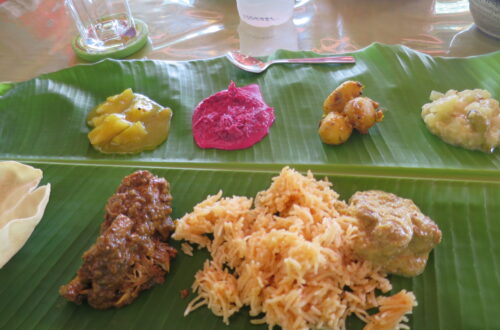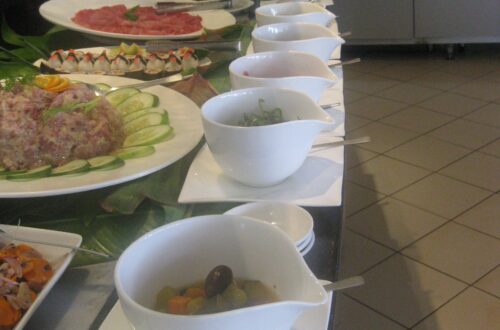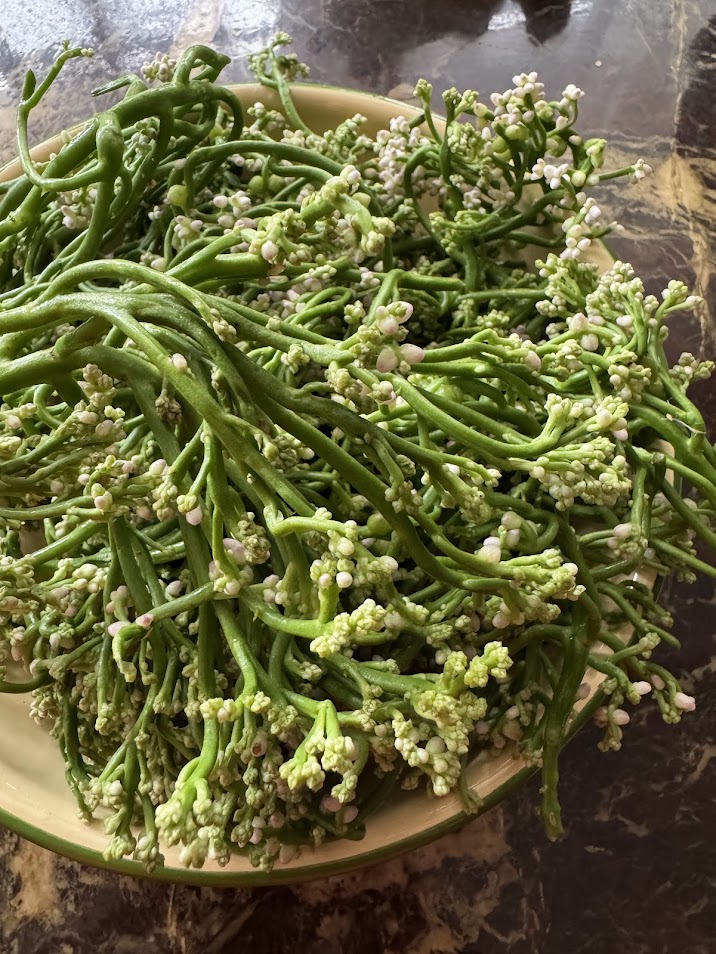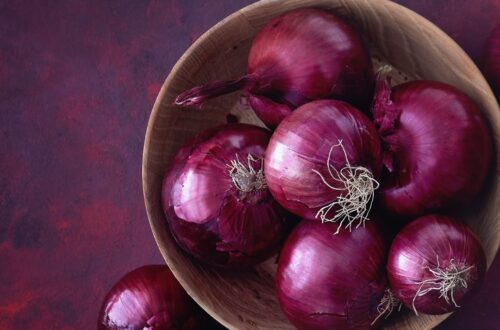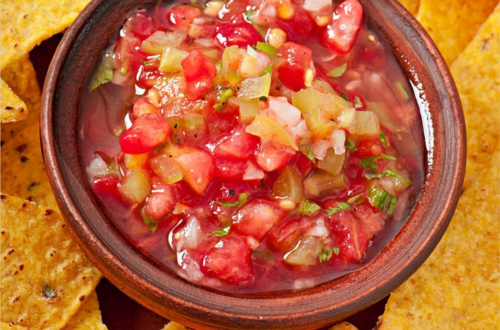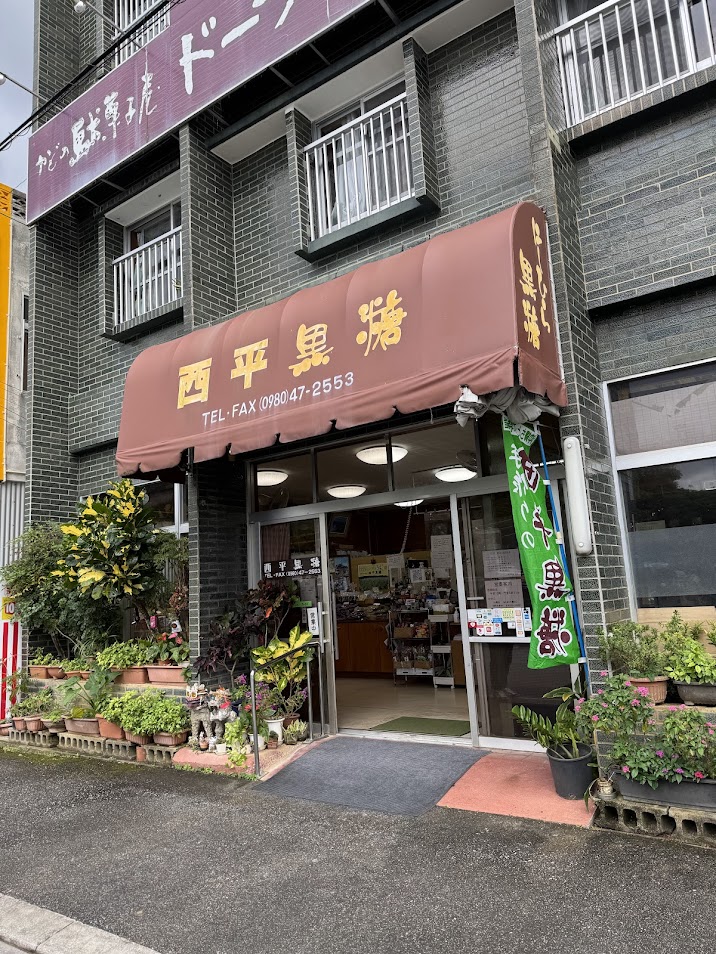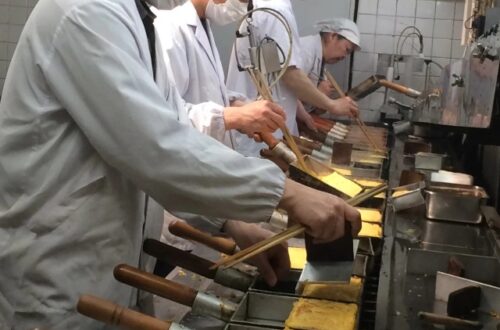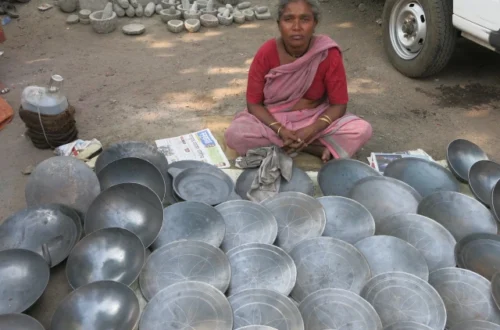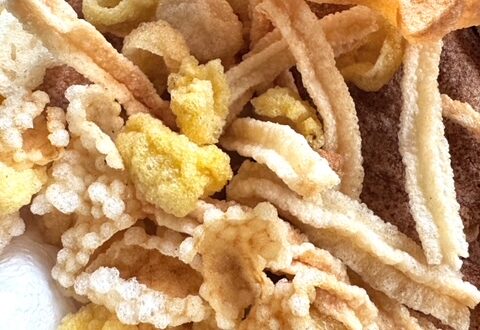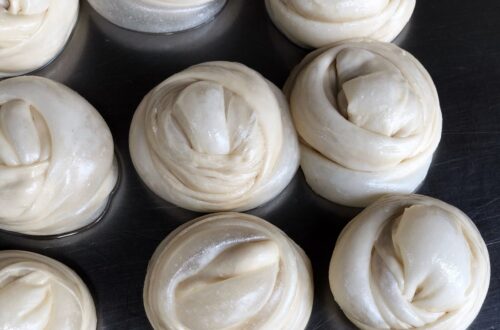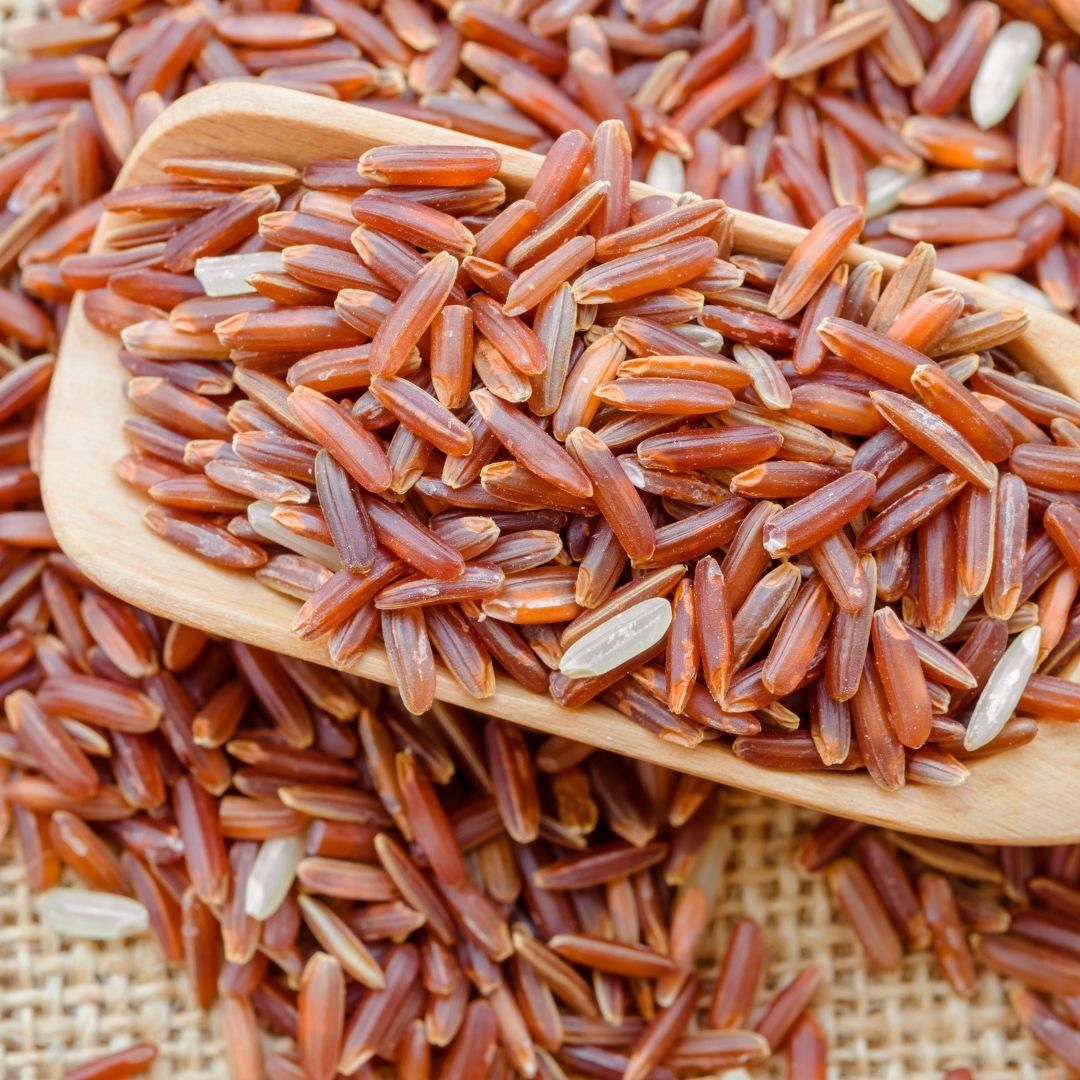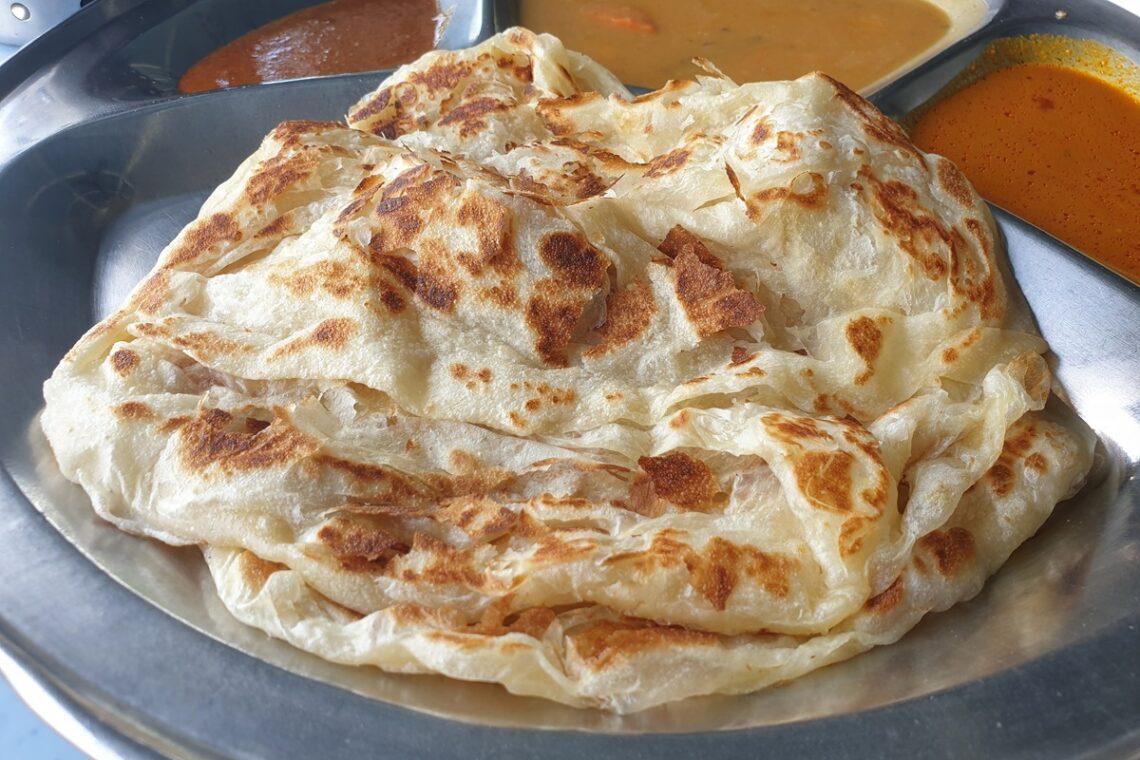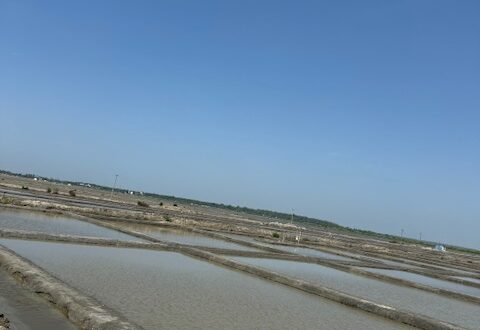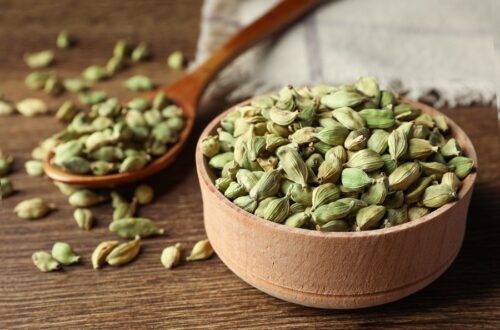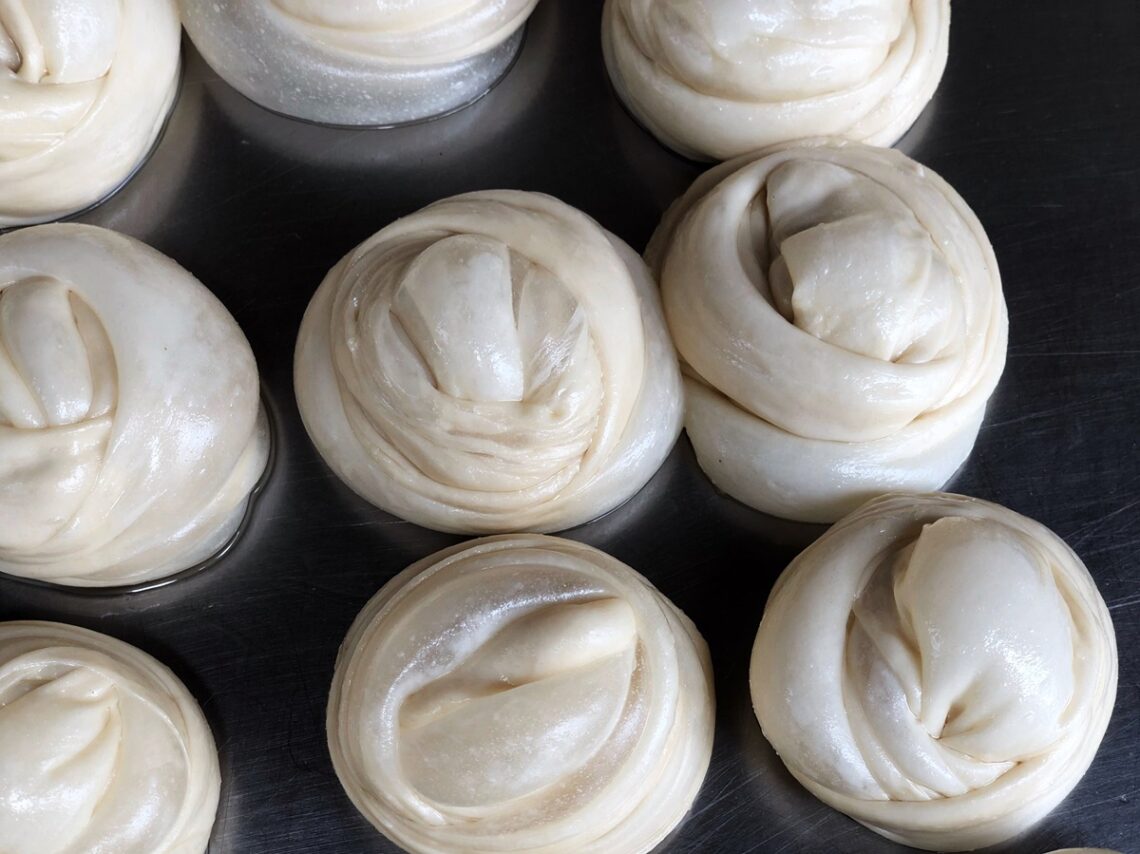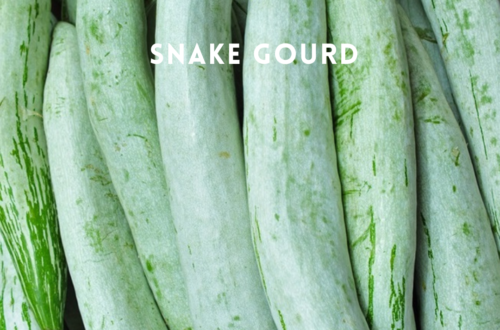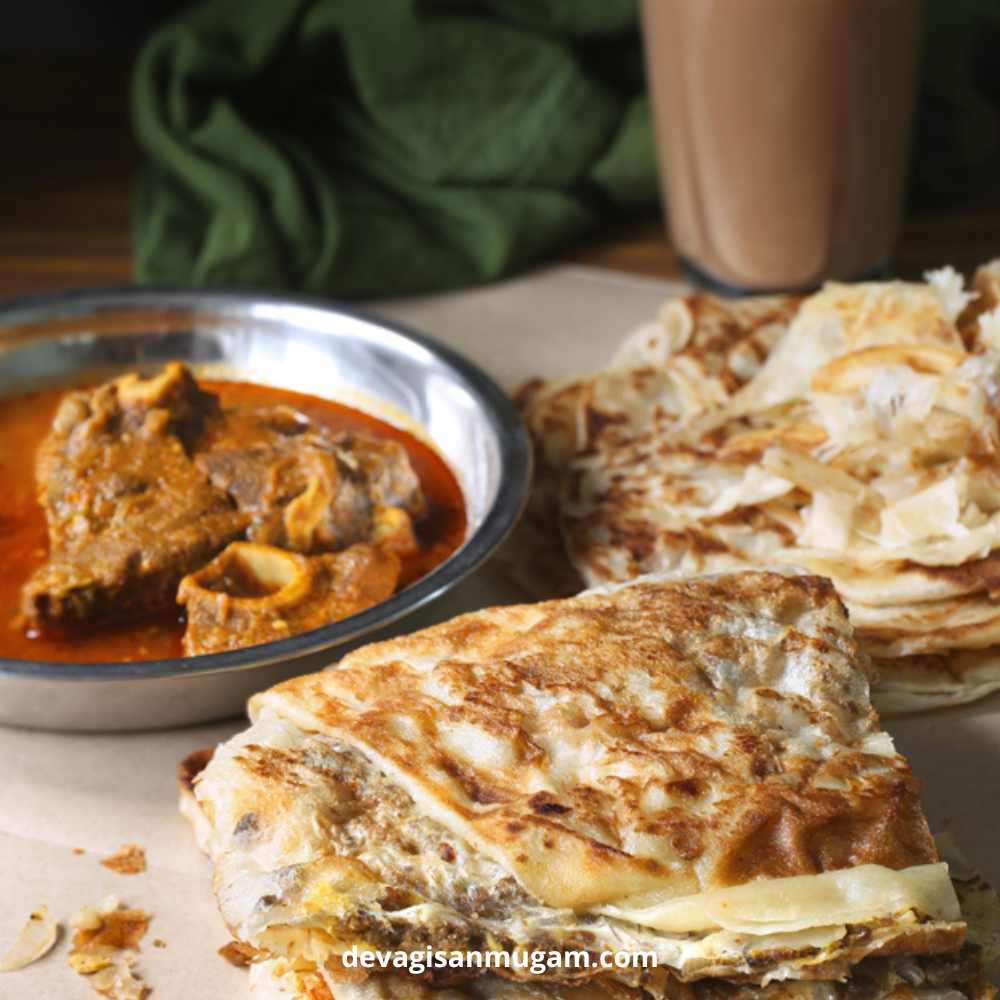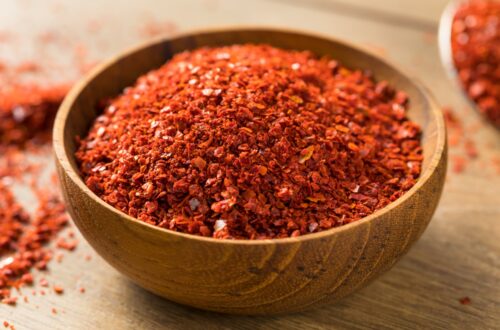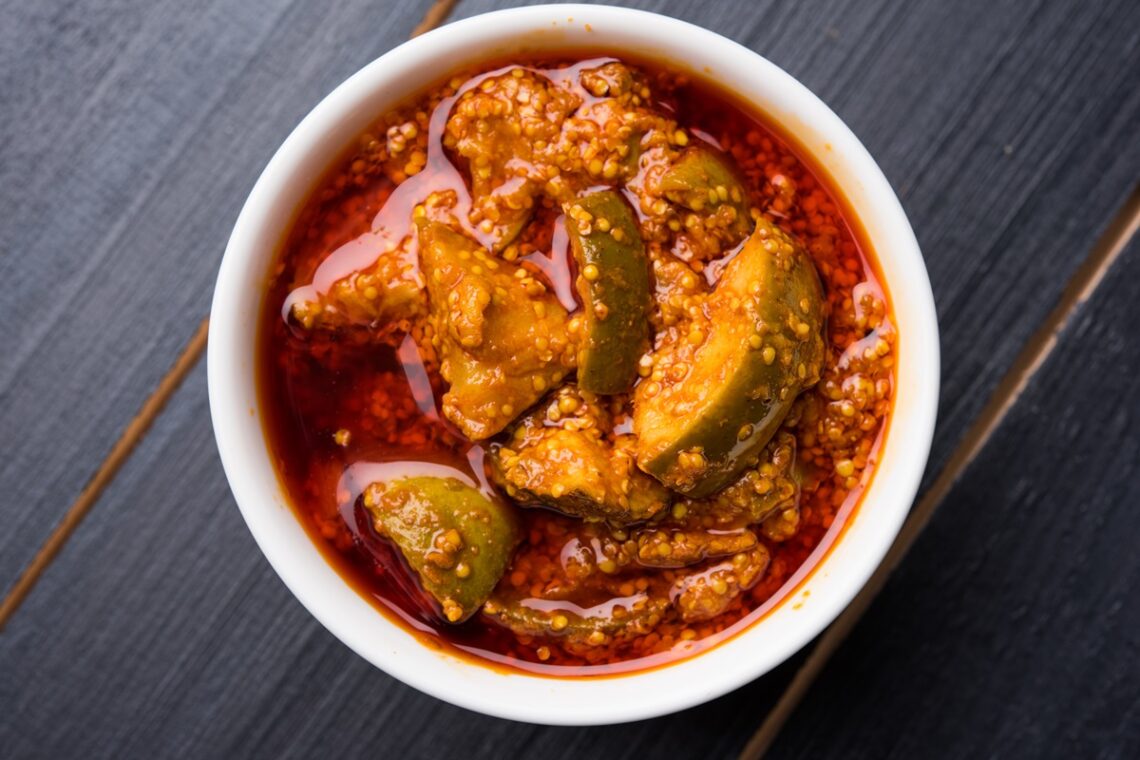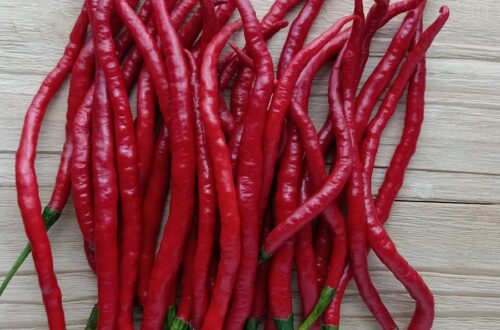-
The Symbolism and Significance of Flowers in Water
Choosing specific flowers can reflect the homeowner's personality or ethnic background, adding a personal touch to the welcome. This can foster deeper connections with guests, as the choice of flowers may spark conversations about traditions or memories.
-
The Refreshing Fruit Experience
Jambu can be eaten raw, making it a perfect snack. It is often enjoyed fresh, sliced, or whole. It can be added to fruit salads eg. Fruit Rojak, blended into smoothies, or used in desserts. In some cultures, it is also pickled or cooked in savory dishes. Whether eaten alone or incorporated into recipes, Jambu offers a delightful burst of flavor and hydration.
-
Appreciating Okinawan Turmeric
Both types of turmeric contain curcumin, the active compound known for its health benefits, but their concentrations may vary. Autumn turmeric is often valued for its higher curcumin content, while spring turmeric may have a different balance of other beneficial compounds.
-
Malabar Spinach Blossoms
The Malabar spinach blossom is a small, delicate flower that appears in clusters, typically ranging from white to light purple. Each flower features five petal-like sepals, creating a lovely visual contrast against the lush green foliage. The blossoms possess a mild, slightly earthy flavor that adds subtle freshness to dishes, making them ideal for garnishing or incorporating into recipes.
-
Kokuto – Okinawan Brown Sugar
Okinawan brown sugar offers several health benefits, including preventing tooth decay and reducing cholesterol. Kuromitsu, a refined syrup made from kokuto, serves as a key ingredient in many Japanese desserts like kuzumochi and anmitsu, enhancing their flavors with its milder taste.
-
Many Don’t Cook at Home. Why?
Some younger individuals may not have had the opportunity to learn cooking skills from family members or through formal education, leading to a lack of confidence in the kitchen.
-
Fat in Roti Prata?
Continuing my post on Roti Prata, making this beloved dish without any fat is quite challenging! Many of us adore prata but hesitate to indulge due to concerns about the fat used, often topped off with more splashes of fat on the griddle. In the 1960s and 1970s, I witnessed roti prata shops using large cans of Vanaspati ghee. What is Vanaspati ghee, you ask? It’s a hydrogenated vegetable oil commonly used in baking and pastry making. It contributes a lighter, flakier texture to pastries, offering a desirable mouthfeel. Additionally, it boasts a longer shelf life compared to traditional butter, making it favorable for baked goods that need extended storage,…
-
Why Roti Prata Dough is Sweet?
The addition of sugar or sweetened condensed milk introduces a subtle sweetness to the roti prata. This enhances the overall flavor, balancing the savory elements that often accompany the dish. Sugar can promote browning and caramelization during cooking, leading to a more visually appealing and flavorful crust. But then today’s roti pratas are far more sweeter than the ones sold in the 1970s! The addition of sweetened condensed milk adds a slight creaminess to the dough, impacting the final texture and offering a richer mouthfeel.
-
The Roti Prata
Variations in the dough for roti prata now include the addition of ingredients such as eggs, sugar, sweetened condensed milk, custard powder, or margarine, giving the flat, layered bread a unique taste and texture that reflects local preferences. The inclusion of these ingredients has made the dough richer and more appealing to a broader audience.
-
Flavorful Pickling Secrets
Oil adds richness and a smoother mouthfeel to pickles, enhancing the eating experience and balancing the tanginess from vinegar or citrus. It also ensures even distribution of spices, allowing every bite to carry consistent flavor rather than isolated pockets of spice.
